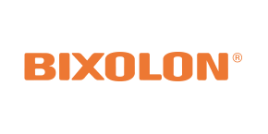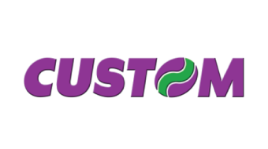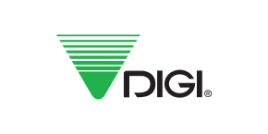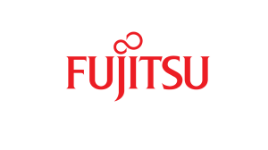FIXED RFID READERS AND INFRASTRUCTURE
Fixed RFID readers and infrastructure refer to the stationary systems used to automatically identify and track tags attached to objects using radio frequency identification technology. Unlike handheld RFID readers, fixed readers are typically installed at specific locations such as entry points, conveyor belts, or within specific areas where continuous monitoring is necessary. These systems play a crucial role in many sectors including logistics, retail, manufacturing, and asset management.
Key Features of Fixed RFID Readers and Infrastructure
Continuous Monitoring: Fixed RFID systems provide continuous, automatic tracking without the need for manual scanning. This is essential in environments like distribution centers or manufacturing facilities where real-time inventory and asset tracking are critical.
High-Volume Handling: These systems are designed to handle high volumes of traffic and can read multiple tags simultaneously at high speeds. This capability is crucial for managing large flows of goods, such as in warehouses or during loading and unloading processes.
Integration with Existing Systems: Fixed RFID readers are often integrated with other systems like warehouse management systems (WMS) or enterprise resource planning (ERP) systems, providing a seamless flow of information across the business.
Long Range Reading: Fixed RFID readers typically have a longer read range than handheld devices, allowing them to cover large areas or read tags from greater distances.
Durable and Reliable: These readers are designed to operate reliably in a variety of environmental conditions, including outdoor settings, harsh industrial environments, or areas with high levels of interference.
Network Connectivity: Fixed RFID systems are connected to a network that allows for the remote monitoring and management of the data collected. This connectivity also facilitates updates and integration with cloud-based analytics platforms.
Applications of Fixed RFID Readers
- Supply Chain Management: In logistics and supply chain management, fixed RFID readers help track goods as they move through various stages of delivery and distribution.
- Inventory Control: In retail, these readers can significantly enhance inventory accuracy and the speed of restocking processes.
- Access Control: Fixed RFID systems are used for security and access control, managing entry to buildings or secured areas within facilities.
- Asset Tracking: In sectors like healthcare and manufacturing, fixed RFID infrastructure helps in tracking expensive equipment or products throughout a facility.
- Production Line Monitoring: Used in manufacturing, fixed readers can track components and assemblies as they move through the production line, ensuring efficient process flow and quality control.
Popular Models and Manufacturers
Several leading technology firms manufacture fixed RFID readers and infrastructure, with companies like Zebra Technologies, Impinj, and Alien Technology being prominent in the field. Each manufacturer offers unique features tailored to specific industrial needs:
- Zebra Technologies: Known for their rugged and reliable RFID solutions that easily integrate with other industrial systems.
- Impinj: Specializes in high-performance RFID readers and antennas that offer superior reading accuracy and range.
- Alien Technology: Provides cost-effective yet robust RFID solutions suitable for a wide range of industrial applications.
Fixed RFID readers and infrastructure are essential components for businesses looking to enhance operational efficiency, improve asset visibility, and increase control over their internal processes. They provide robust, automated tracking capabilities that are crucial for modern, dynamic business environments.



































_268.jpeg)

_268.jpeg)






















